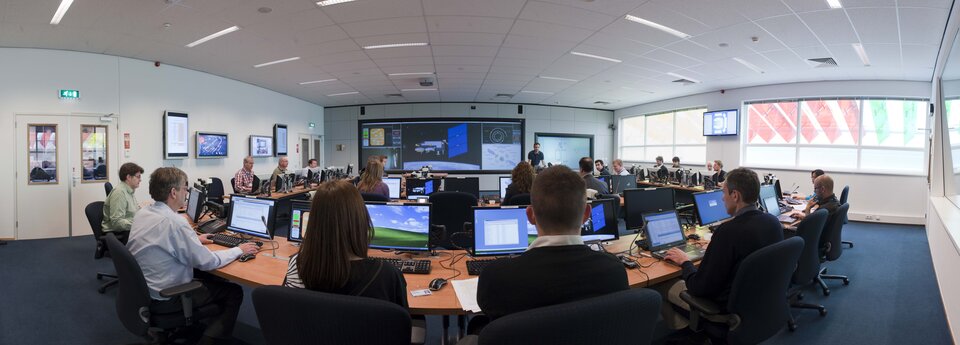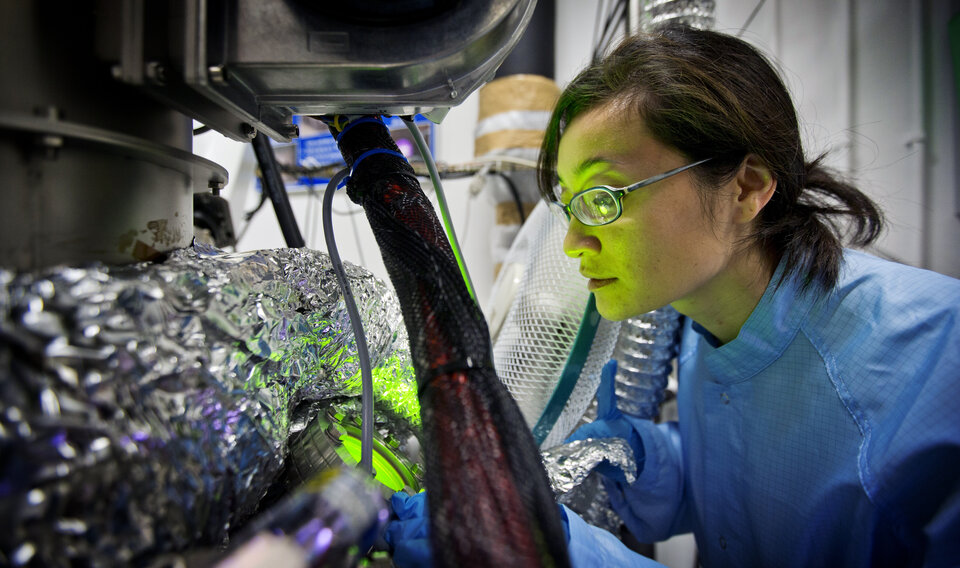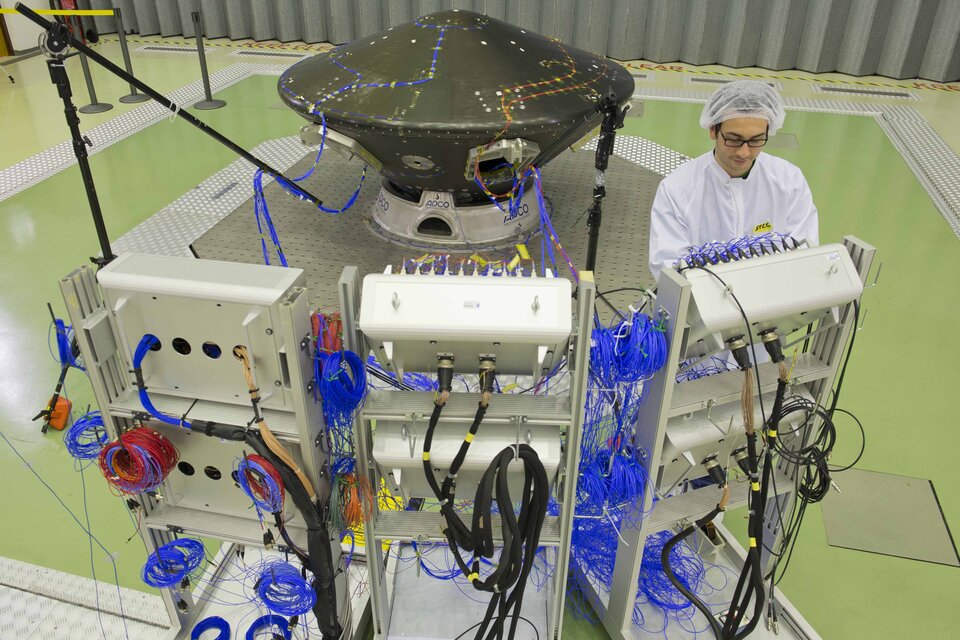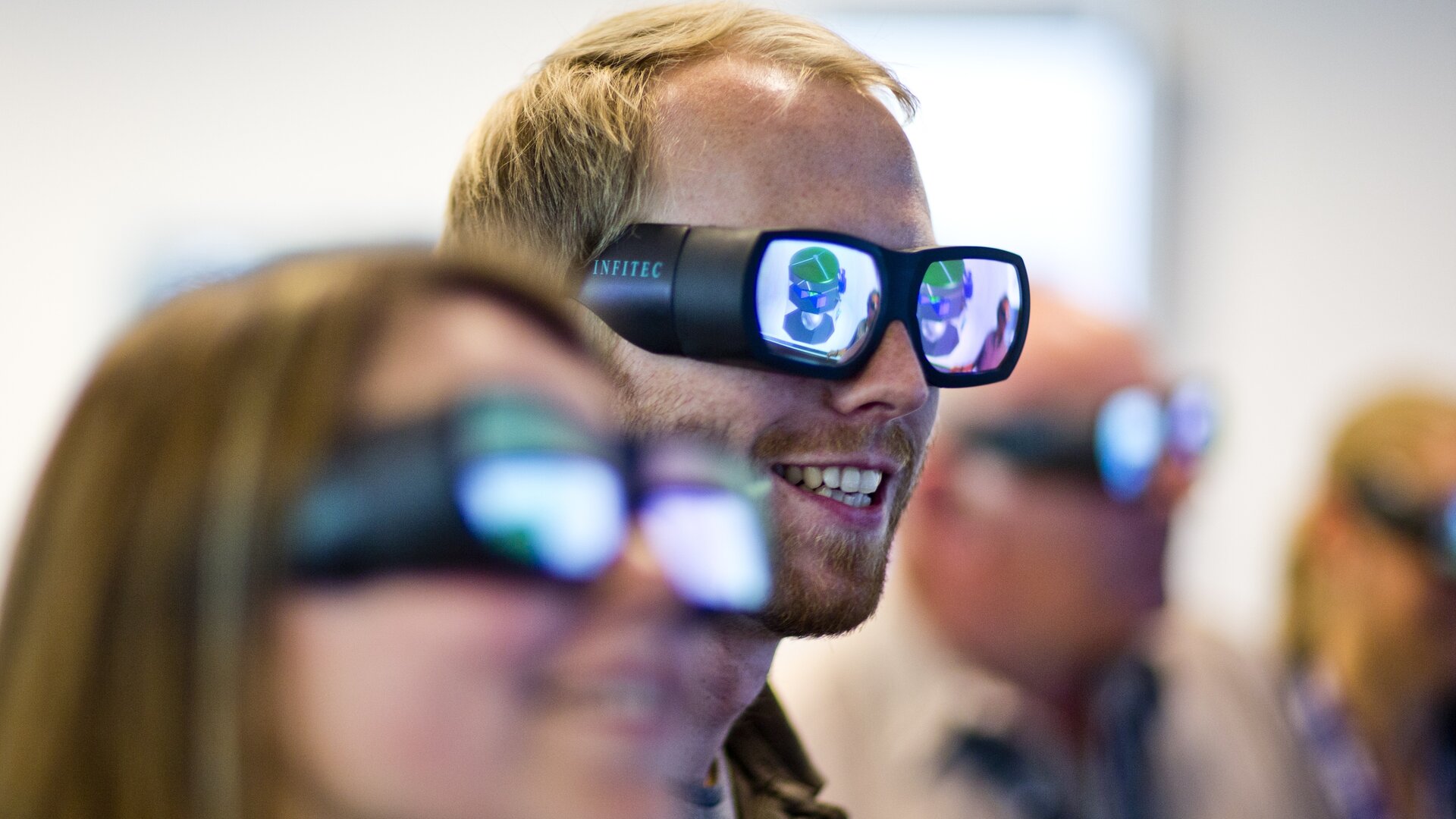Engineering for space
All successful space missions have one indispensable ingredient in common: high-level engineering know how. The Directorate of Technology, Engineering and Quality is responsible for maintaining this vital technical expertise and putting it at the disposal of ESA projects – a key role that reaches to the very heart of Agency activities.
The Directorate of Engineering and Quality (TEC) provides engineering advice and assistance to ESA programmes and projects throughout their entire lifecycles.
Bringing a project to life

Every project starts with an idea for scientific research or a new application. TEC engineers work with programme and project teams from other Directorates and partners from industry and scientific institutes to evaluate the concept's overall feasibility in terms of meeting mission requirements within an acceptable cost, schedule and performance.
In parallel, the engineers assess whether the technology the project requires can be made available on time at a sufficient level of technical maturity. Working on the basis that the best way to prepare for the future is to make it, the Directorate supports dedicated engineering teams covering an array of technical disciplines. They work to identify, evaluate and accelerate 'enabling technologies' across multiple fields. These are defined as technical developments that bring new varieties of space mission into the realms of the possible.
Positive evaluation of an idea and its associated technologies is followed by detailed 'Phase-A' studies where preliminary designs are worked out by trading off alternative approaches. The Directorate operates the Concurrent Design Facility under the leadership of the mission managers from various programmes. This facility allows all specialist engineering disciplines involved to work in parallel on a real-time basis, drastically shortening project design cycles.
Supporting and guiding project teams

The project team is the group given the mandate of designing and delivering the final product on time, on performance and to budget. The work is contracted to European industry and overseen by dedicated ESA staff from the Programme Directorate concerned. They are empowered with wide responsibility to achieve optimum results, but are required to provide transparent feedback to top-level management.
In addition to regular progress and financial reporting, two other mechanisms ensure that a project stays running on the right lines. The first is a system of reviews at important milestones throughout a project's lifecycle, carried out by independent teams of ESA engineering experts.
The second is the day-to-day work of product assurance and safety managers. These are Directorate personnel who are assigned to a given project but their place in the hierarchy is independent of programme management. Their task is to reduce and control risk by raising warnings when a course of action or problem strays too far from accepted quality standards or best-practice.
Setting engineering standards

The findings of the Directorate's laboratories also contribute to the progressive establishment of general industrial standards to ensure the quality of space projects.
This standardisation effort takes place through two Europe-wide initiatives, both overseen within ESA by TEC: the European Cooperation on Space Standardization (ECSS) comprises a family of management, engineering and quality standards, while the European Space Components Coordination (ESCC), specifies the suitability of electrical, electromagnetic and electronic (EEE) components for space.
Pre- and post-launch activity
Assembled space hardware undergoes testing at various stages of its development at the Directorate's ESTEC Test Centre or in various test facilities provided by industry.

The Directorate's work is not finished once a satellite is in orbit. Its laboratories remain at the disposal of project teams to advise on the causes of mission anomalies and to research potential fixes. Operational spacecraft performance is compared to that anticipated to compile lessons learnt, which can then be fed back into next-generation mission designs.
The Directorate also supports the increasingly vital work linked to all aspects of shutting down and disposing of a mission, having responsibility for all aspects of flight safety engineering, space debris mitigation, reentry safety and, most recently, planetary protection – the practice of ensuring that potential alien biospheres are not accidentally contaminated by terrestrial bacteria.


